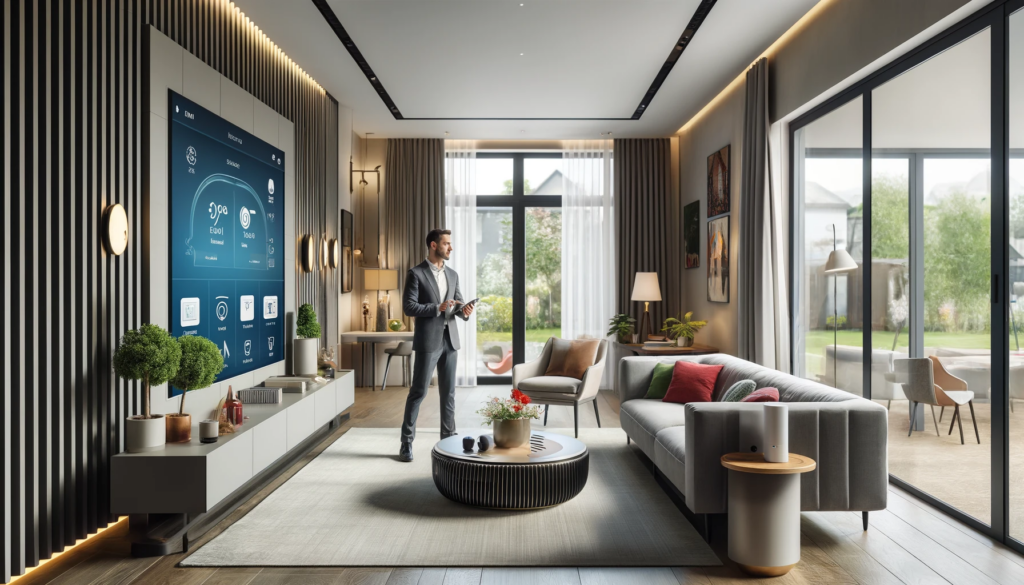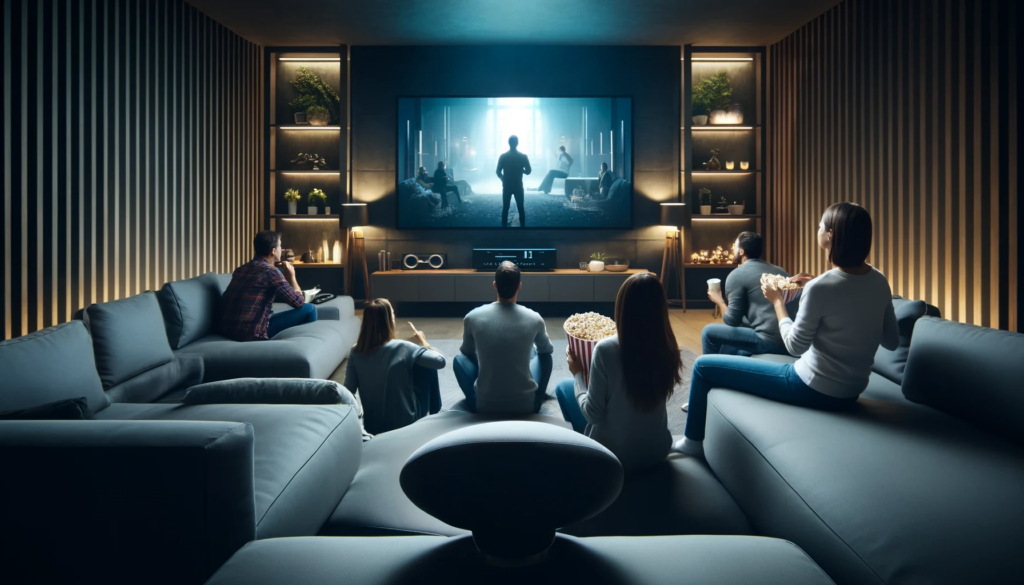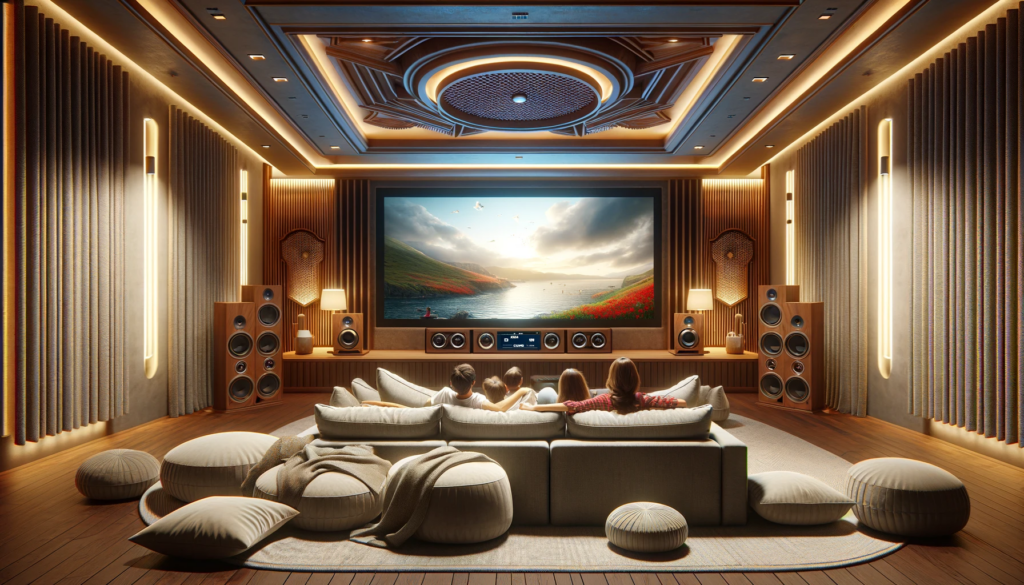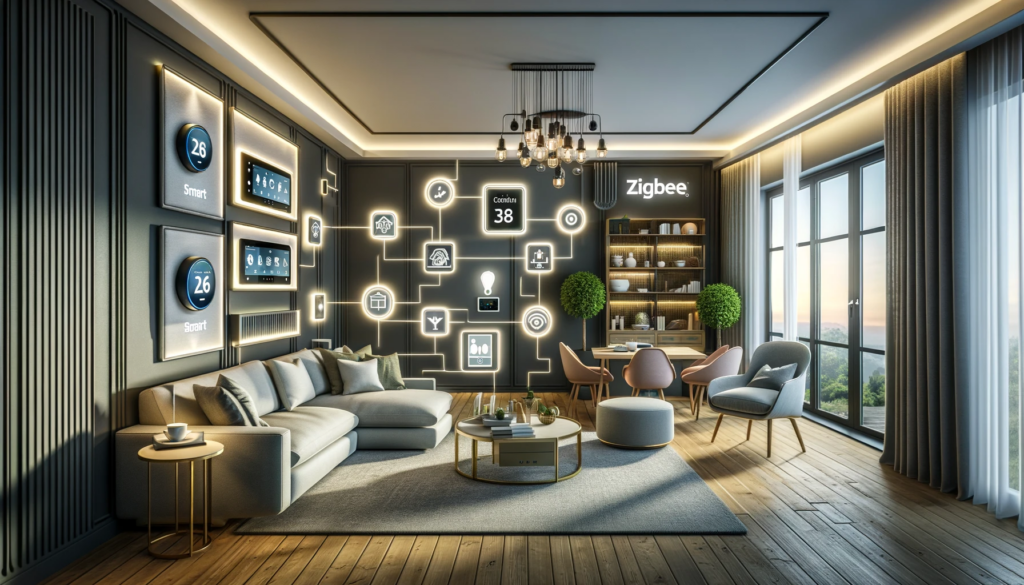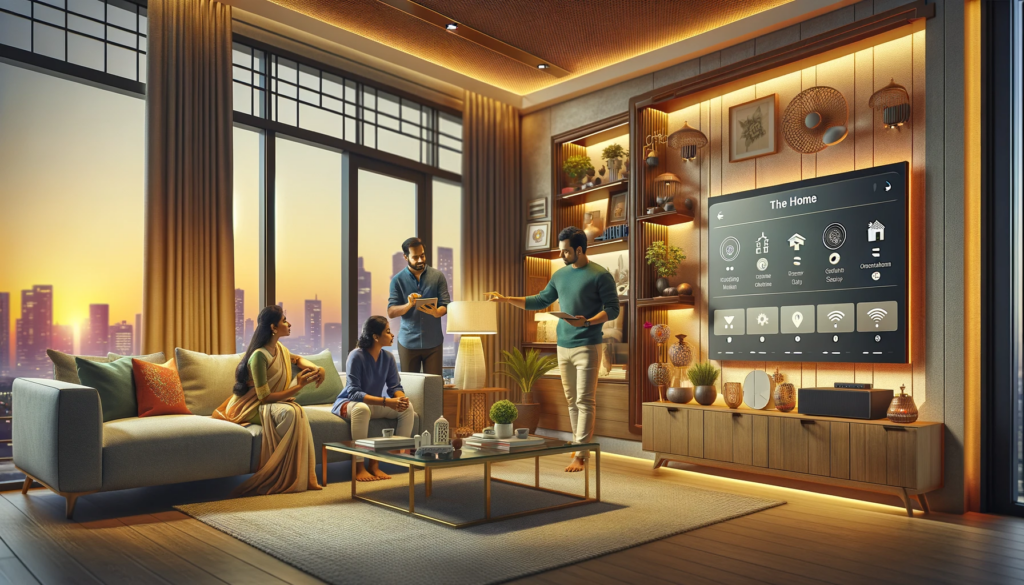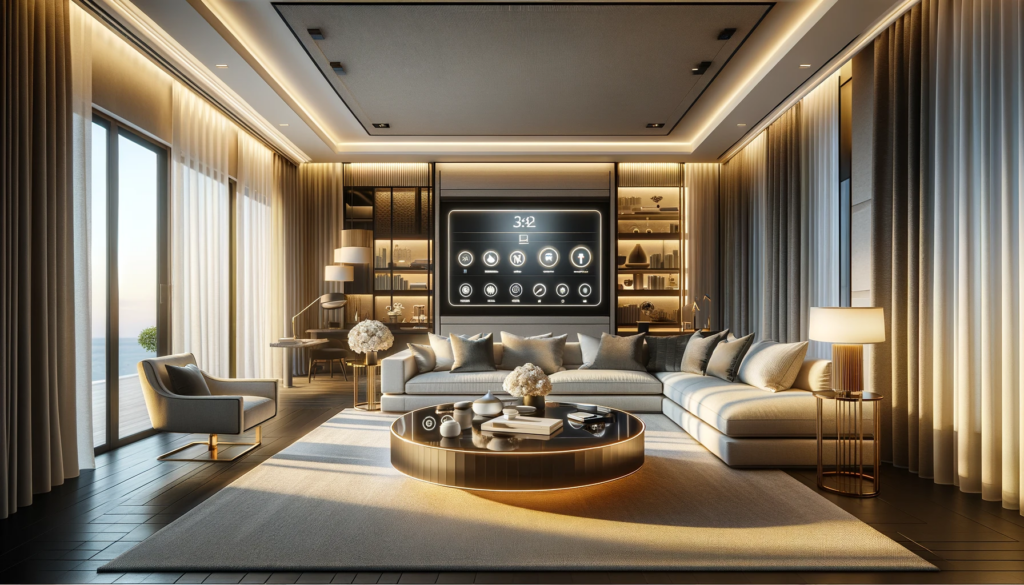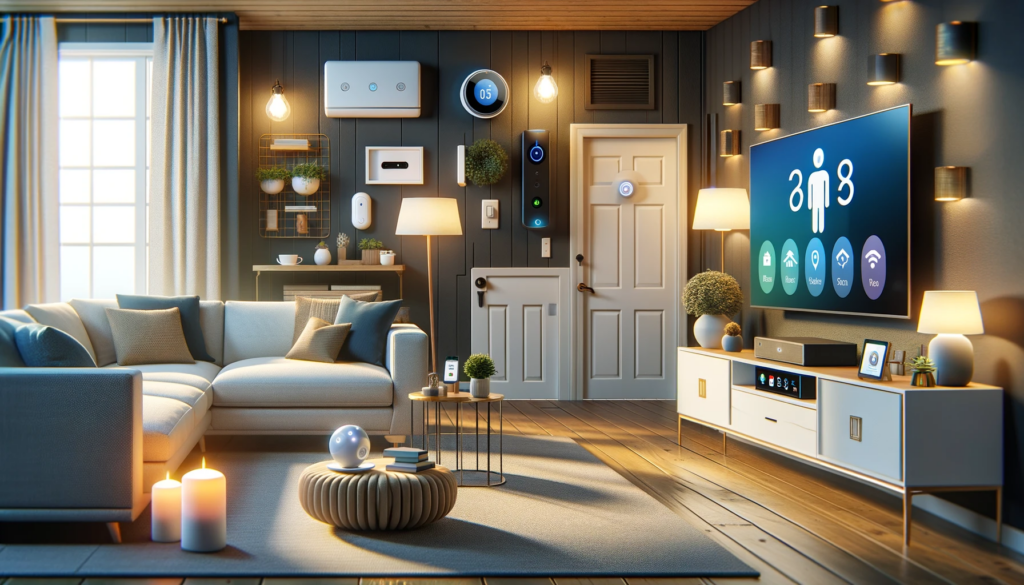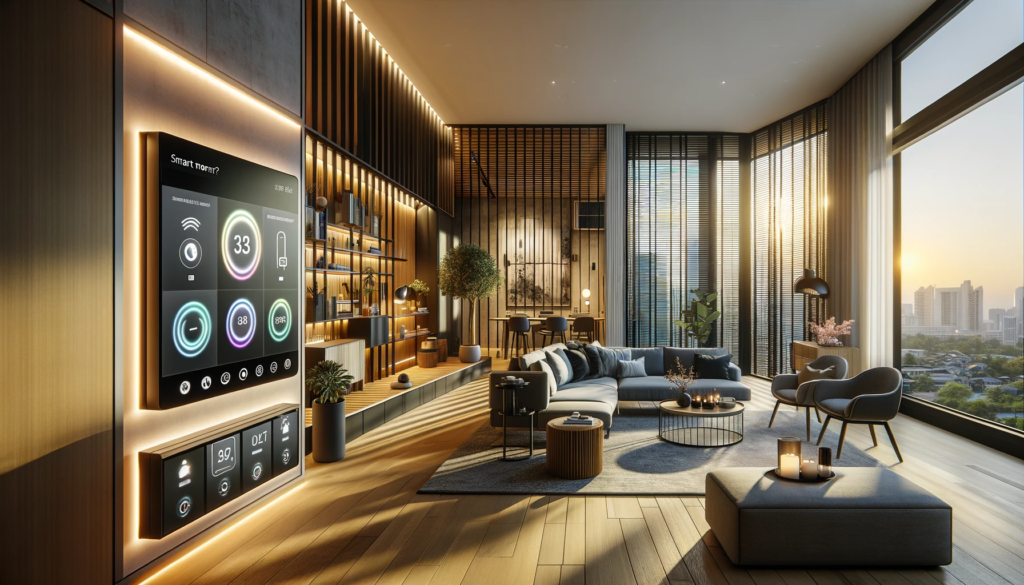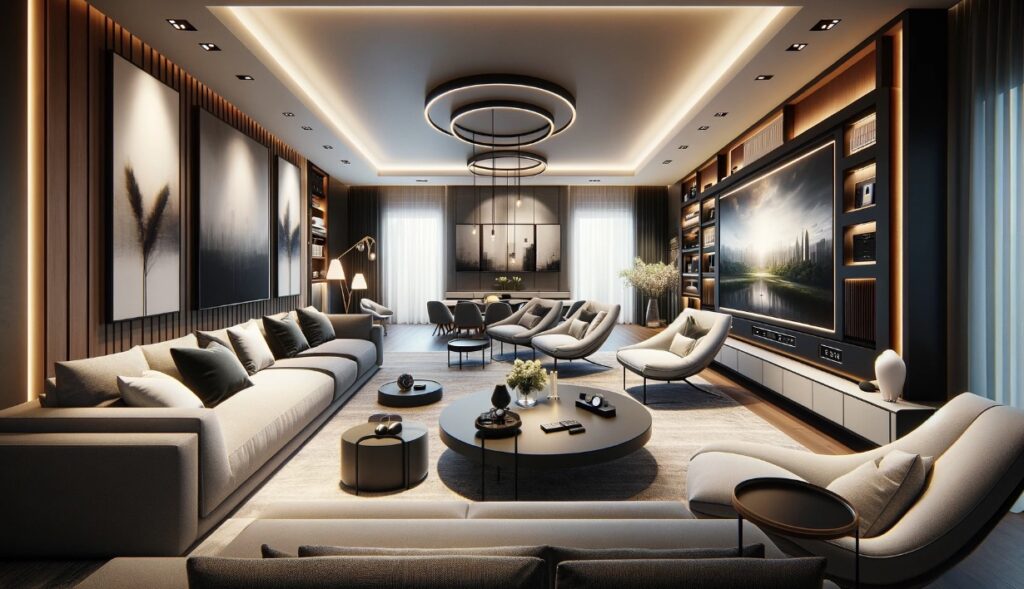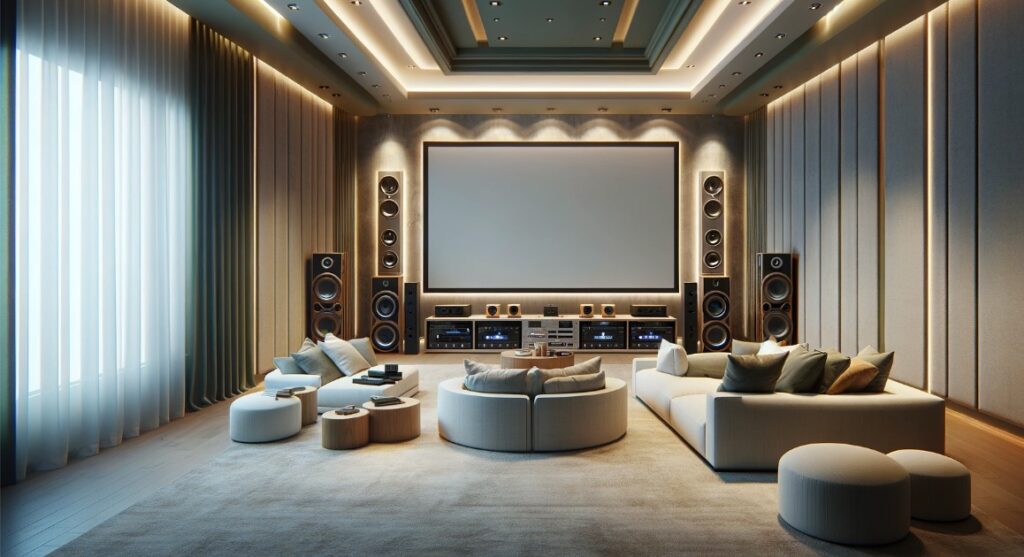Executing a smart home project requires a thoughtful blend of design expertise and technological know-how. As an interior designer, you have the unique opportunity to blend aesthetics with cutting-edge technology. Creating spaces that are not only beautiful but also highly functional. This guide will walk you through the essential steps to successfully execute a smart home project
Understanding Smart Home Technology
Smart home technology encompasses a range of devices and systems that automate and enhance various aspects of a home:
- Smart Lighting: Automated lighting systems that can be controlled remotely, set to schedules, or adjusted based on occupancy and natural light.
- Smart Thermostats: Devices that learn homeowners’ preferences and adjust heating and cooling accordingly to optimize comfort and energy efficiency.
- Home Automation Hubs: Centralized systems that control multiple smart devices, allowing for integrated and streamlined operation.
- Security Systems: Smart locks, cameras, and alarm systems that provide enhanced security and remote monitoring capabilities.
- Entertainment Systems: Multi-room audio and smart TVs that offer high-quality, easily accessible entertainment options.
Steps for Smart Home Project Execution
1. Initial Consultation and Needs Assessment
Begin by understanding your client’s lifestyle, preferences, and specific needs. Discuss their expectations for smart technology integration and identify the areas where smart solutions can add the most value.
2. Collaboration with Technology Experts
Partner with technology experts who specialize in smart home systems. Their expertise will be invaluable in selecting the right products, ensuring compatibility, and troubleshooting any technical challenges.
3. Design Integration
Incorporate smart technology into your design plans. Consider the following:
- Aesthetics: Ensure that smart devices complement the overall design. Choose products that match the style and color scheme of the home.
- Functionality: Plan for the placement of devices in locations that optimize their functionality and accessibility.
- Concealment: Use creative solutions to hide wiring and devices that might detract from the visual appeal of the space.
4. Infrastructure Planning
Work with electricians and other professionals to ensure the home’s infrastructure supports the smart technology. This includes:
- Wiring and Power: Ensure sufficient wiring and power outlets for all devices.
- Internet Connectivity: Install a robust and reliable Wi-Fi network to support the connected devices.
- Compatibility: Confirm that all selected devices are compatible and can be integrated into a single system.
5. Installation and Testing
Oversee the installation process to ensure everything is implemented according to plan. Conduct thorough testing of all systems to ensure they operate correctly and meet the client’s expectations.
6. Client Training and Support
Provide comprehensive training to your clients on how to use their new smart home systems. Ensure they are comfortable with the technology and know how to troubleshoot basic issues. Offer ongoing support to address any future concerns or updates.
Tips for Successful Smart Home Design
- Stay Updated: Smart home technology is constantly evolving. Stay informed about the latest trends and advancements to offer your clients the best solutions.
- Focus on User Experience: Prioritize user-friendly devices and systems to ensure clients can easily interact with their smart home.
- Balance Technology and Design: While technology is essential, never compromise on design. Strive for a harmonious balance between functionality and aesthetics.
- Custom Solutions: Every client is unique. Tailor your smart home solutions to meet the specific needs and preferences of each client.
KlugKraft is the premier online destination for system integrators and interior designers to showcase their home & office automation products. This platform is meticulously crafted to highlight the synergy between innovative technology and elegant design. Providing a comprehensive portfolio space for professionals. KlugKraft allows experts to display their latest smart home technologies, from intuitive lighting solutions to sophisticated security systems, all designed to enhance modern living. By offering a dynamic and interactive showcase, KlugKraft not only connects these professionals with potential clients but also sets a new standard in the integration of technology and design in home automation, ensuring every space is as functional as it is visually stunning. KlugKraft (a unit of Smart Group)


